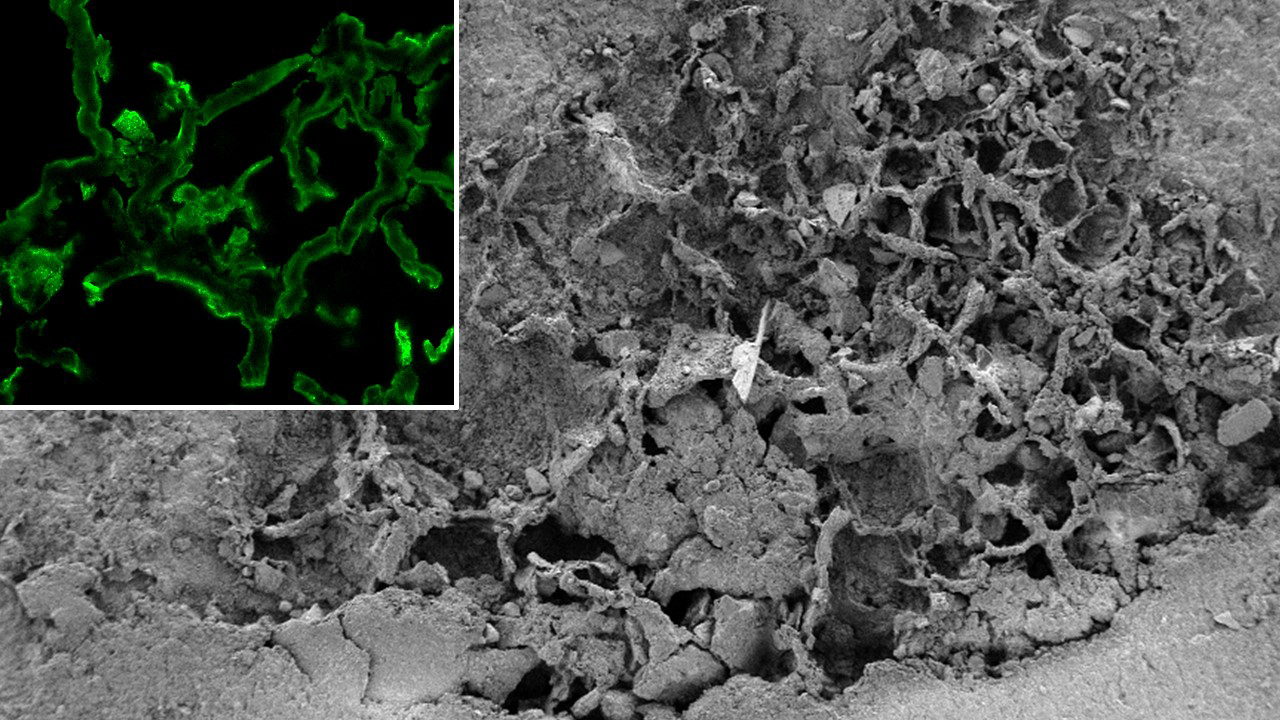A Wild Discovery About Fungi Just Changed Earth’s Evolutionary Timeline
Credit to Author: Becky Ferreira| Date: Wed, 22 Jan 2020 19:14:09 +0000
Scientists have discovered fossils of a fungal lifeform that lived between 715 and 810 million years ago, long before the dawn of complex life. The specimens, which are from the Democratic Republic of Congo, are more than 250 million years older than the next oldest evidence of fungi.
The discovery has big implications for reconstructing the timeline of evolution on Earth, which was significantly shaped by fungi, a kingdom of life that includes mushrooms, yeasts, and moulds.
While there are ambiguous fossils that could be fungal dating back as far as 2.6 billion years, the newly identified DRC specimens are “the oldest, molecularly identified remains of Fungi,” according to a study published on Wednesday in Science Advances.
“What distinguishes this study, I’d say, is that we used an in-depth chemical characterization of these fossils,” said lead author Steeve Bonneville, a geologist at Université libre de Bruxelles, in a call.
“We really analyzed the composition of the fossils,” he explained. “I’m quite pleased with the results because it is much more robust than all the studies that have been done so far.”
Bonneville and his colleagues were able to confirm that the fossils were fungal because the “exceptional preservation made possible a whole range of chemical characterizations,” as they noted in the study.
Fungi were among the first organisms to colonize land environments, where they enriched terrestrial soils and paved the way for plants and animals to follow their lead out of the oceans.

The newly identified fungal fossils are preserved in a core that was drilled in dolomitic shale beds near Mbuji-Mayi, DRC, decades ago. The specimens were misidentified as cyanobacteria, and were filed away in the collections of the Royal Museum for Central Africa in Tervuren, Belgium, until Bonneville and his colleagues started studying them a few years ago.
Fossilized cyanobacteria and fungi generally look similar. This is especially true for Precambrian samples that date back before the Cambrian period, which occurred about 541 million years ago and is considered the genesis of modern complex life.
The researchers used multiple molecular analysis techniques, such as synchrotron radiation spectroscopy and electron microscopy, to clarify the fossils’ taxonomic identity. These methods enabled the team to examine molecular structures within the fossils, as opposed to interpreting them based only on their external morphological features.
The results revealed a substance called chitin in the cell walls of the fossilized organisms, a telltale sign of fungal biology. The analysis also showed nuclei inside the cells, indicating that the fungi were eukaryotic organisms—a group to which all complex lifeforms belong. These fungal organisms likely lived in an “ephemeral pond,” which is a shallow water environment with frequent cycles of drying and flooding.
The fossils support “the possibility that fungi helped to colonize land surface, almost 300 million years before the first evidence of land plants,” Bonneville and his colleagues said in the study.
Bonneville plans to continue examining fossils that could belong to early fungal species, some of which could extend the unambiguous record of Kingdom Fungi further back in time.
“There is a whole corpus of fossils that has been claimed to be of fungal affinity,” Bonneville said. “I hope to find some good proof of chitin in those fossils and we’ll see, maybe another discovery.”
This article originally appeared on VICE US.